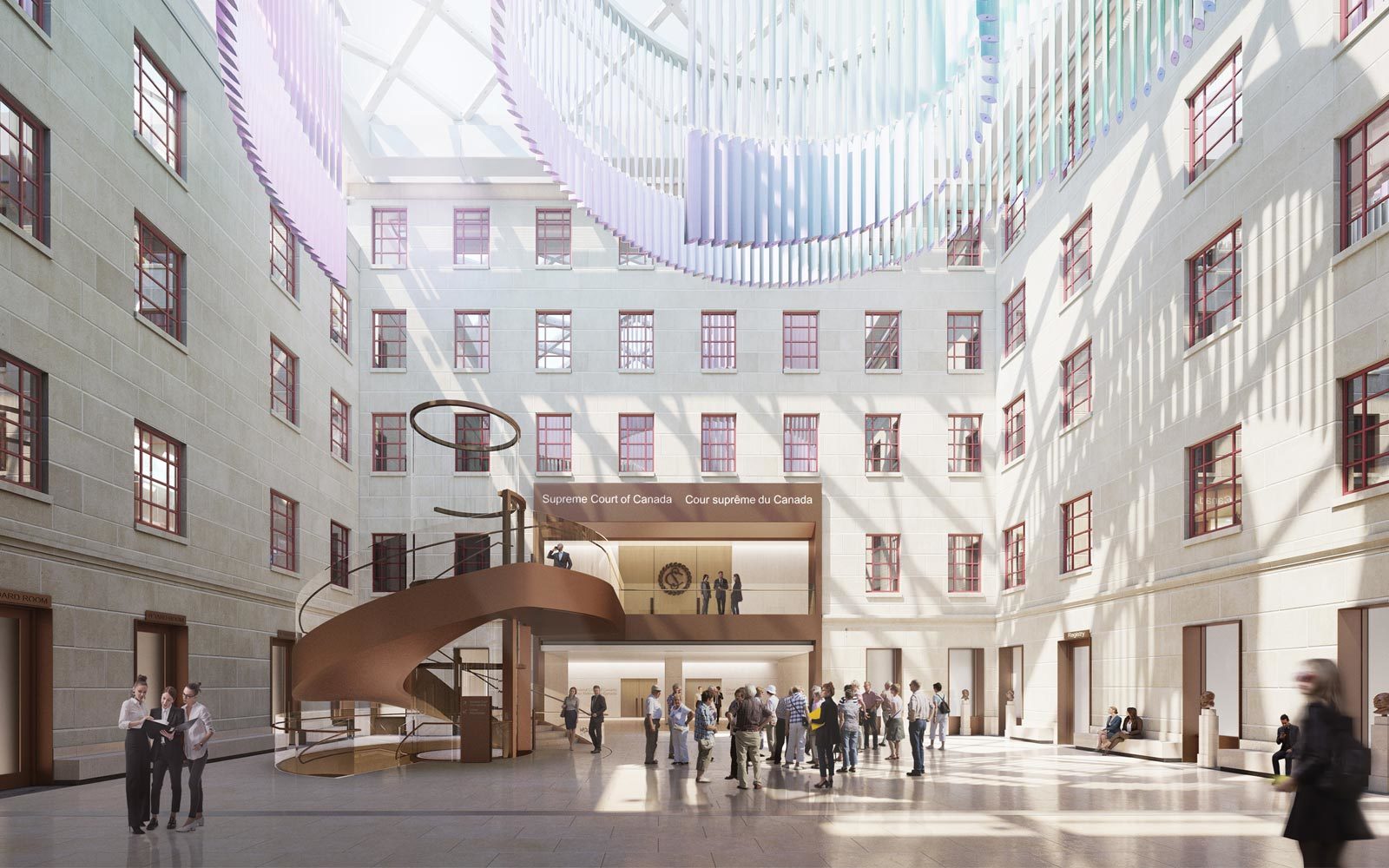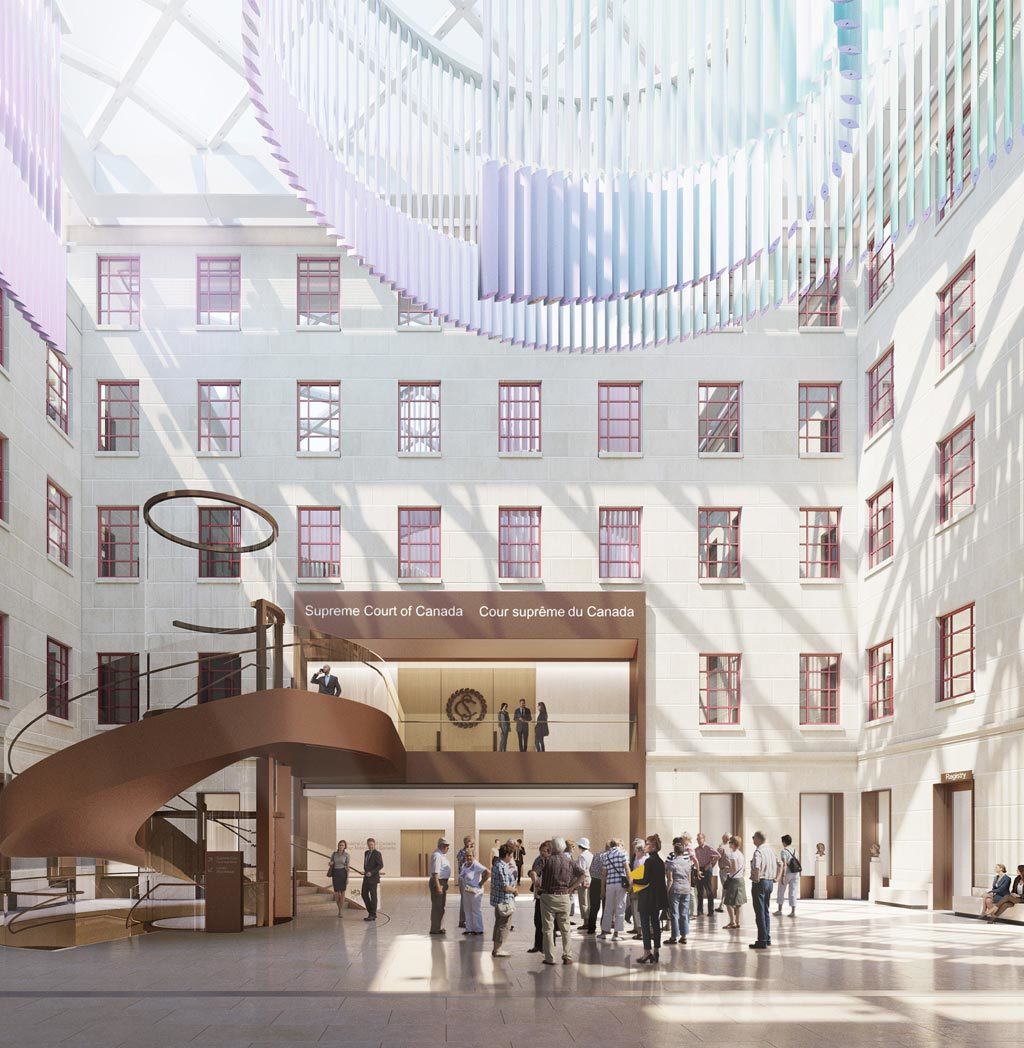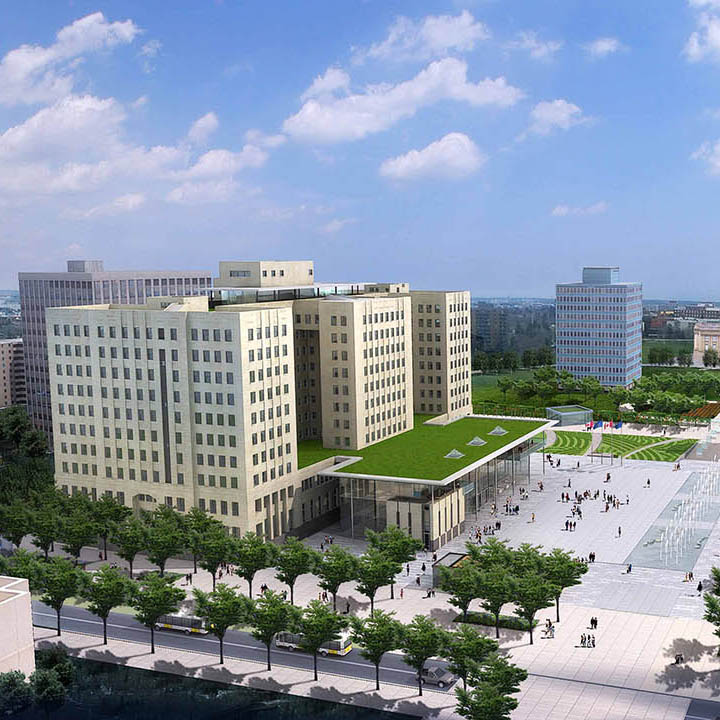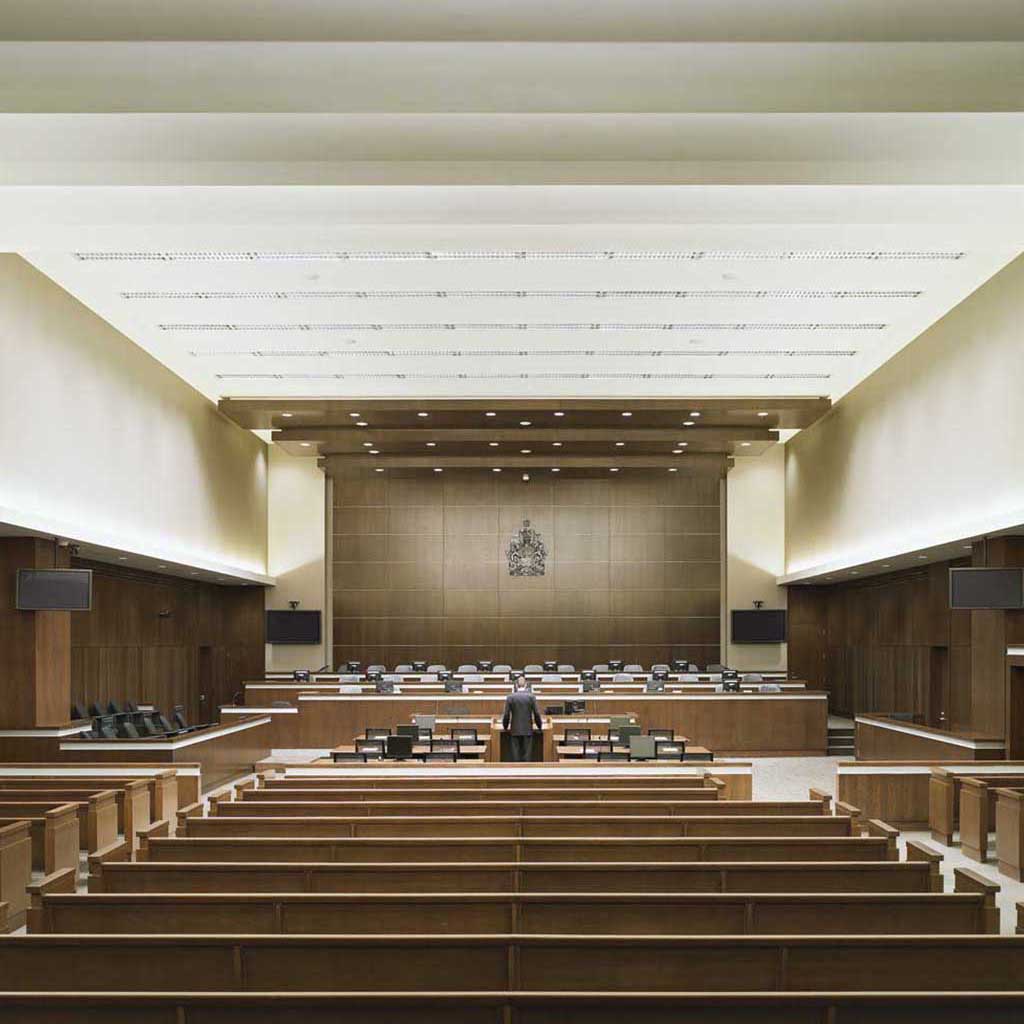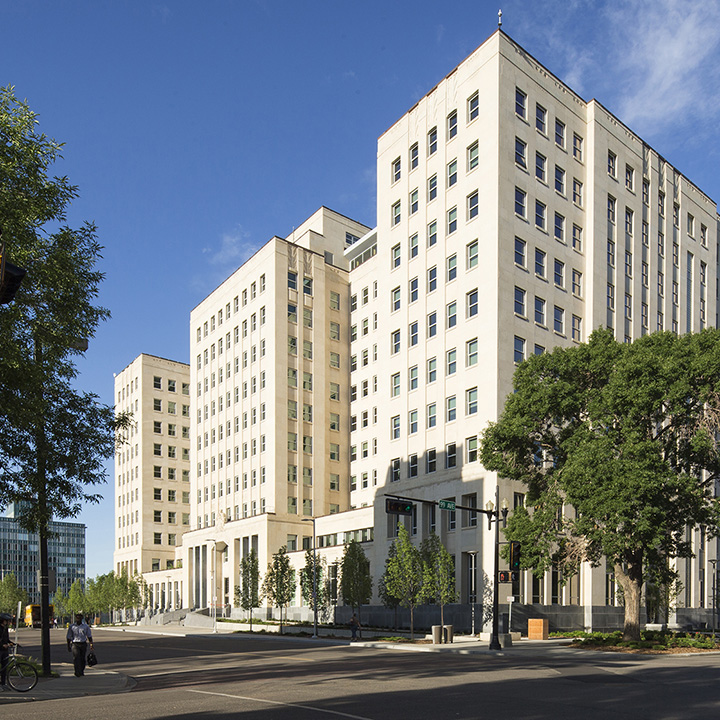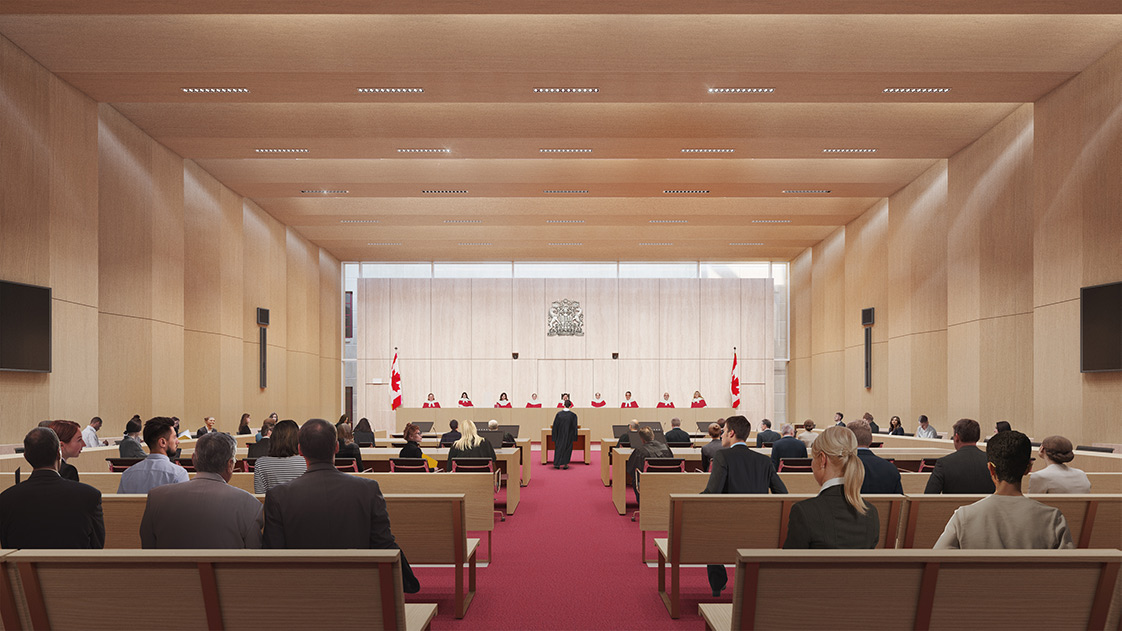
Honouring World War II veterans, the West Memorial Building in Ottawa’s Judicial Precinct is an iconic, seven-story Classified Federal Heritage Building. Originally completed in 1958 by the Toronto architectural firm, Allward, and Gouinlock, the stone-clad building occupies an entire city block and contributes to the distinct character of Wellington Street and downtown Ottawa. The West and East Memorial Buildings connected by the historic Memorial Colonnade were originally referred to as the Veterans buildings and were built to help servicemen and servicewomen re-integrate the workforce after the war.
The building has been vacant since 2008 and has never undergone any major renovations. Through a competitive RFP process, our public sector team was asked to modernize and rehabilitate the building to contemporary standards. In joint venture with Moriyama & Teshima Architects as Regenerate 344, the project is scheduled to be completed in 2025.
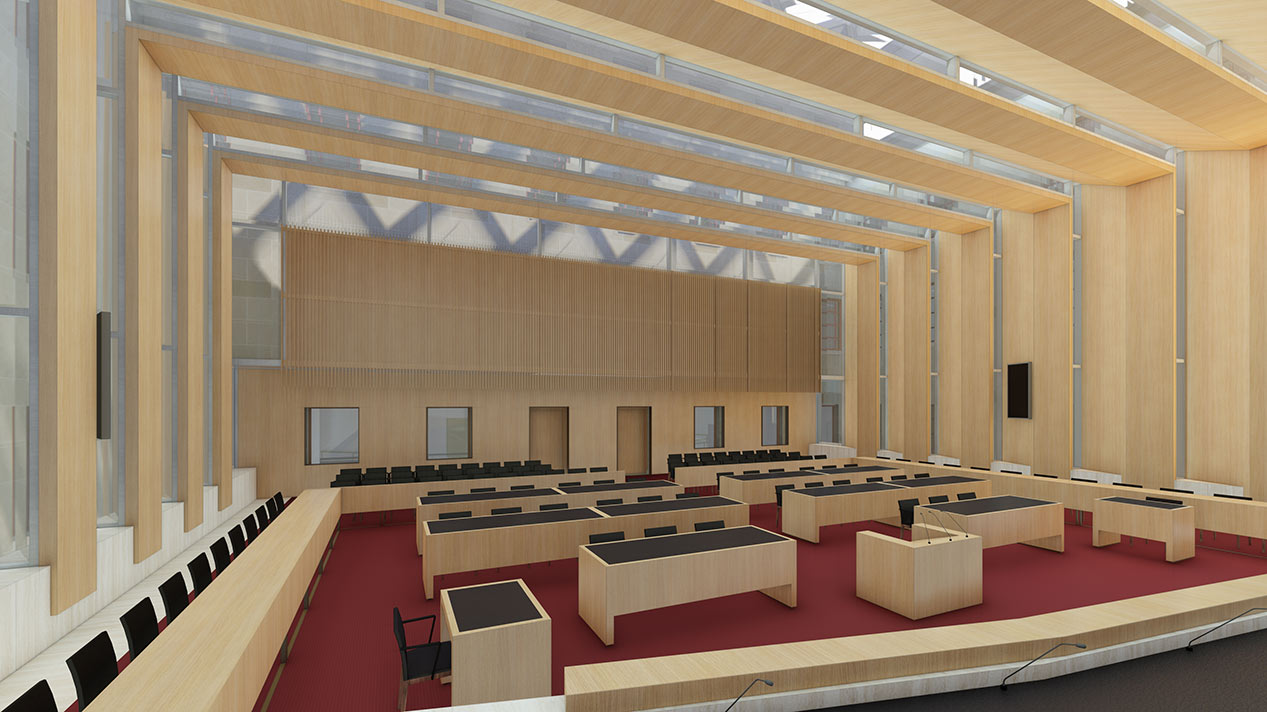
Fully rehabilitated, the building will temporarily accommodate the Supreme Court of Canada and Federal Courts, while the neighbouring permanent Supreme Court of Canada building is restored and renovated over an eight-year period. When complete, the West Memorial Building will be converted to office space for federal employees.
R344 has had to conserve and resolve an architecture that serves as a judicial building first but can adapt to government offices in the future. Judicial typologies have specific and complex design constraints to ensure fair, untainted legal procedures, while also providing safety and security to legal participants.
In respect of the building’s heritage status, there were significant limitations on alterations. Working closely with the Federal Heritage Board Review Office (FHBRO) and the National Capital Commission, the design abided by Canada’s conservation guidelines to preserve the building’s historical significance.
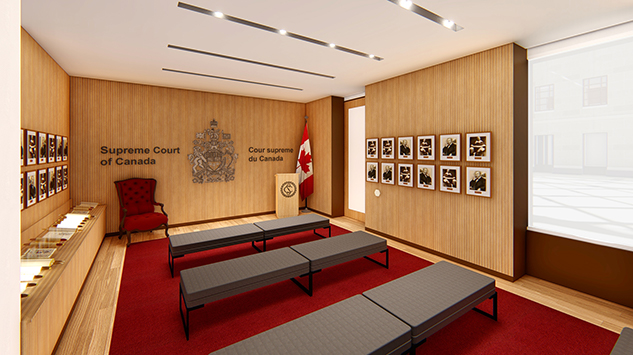
This complex design project has been driven by program requirements including: accessibility, seismic considerations, sustainability, health and safety, security, modern technology, and conservation of heritage. R344 collaborated as an interdisciplinary team with stakeholders, partners, authorities, engineers, and experts – thinking holistically to retain the status of the heritage building while accommodating the requirements of the Supreme Court.
Interventions and rehabilitation for heritage elements required detailed collaboration with FHBRO to balance security, program, and heritage value. Throughout design, R344 had to consider the possibility that any portion of the building could revert to its original heritage character.
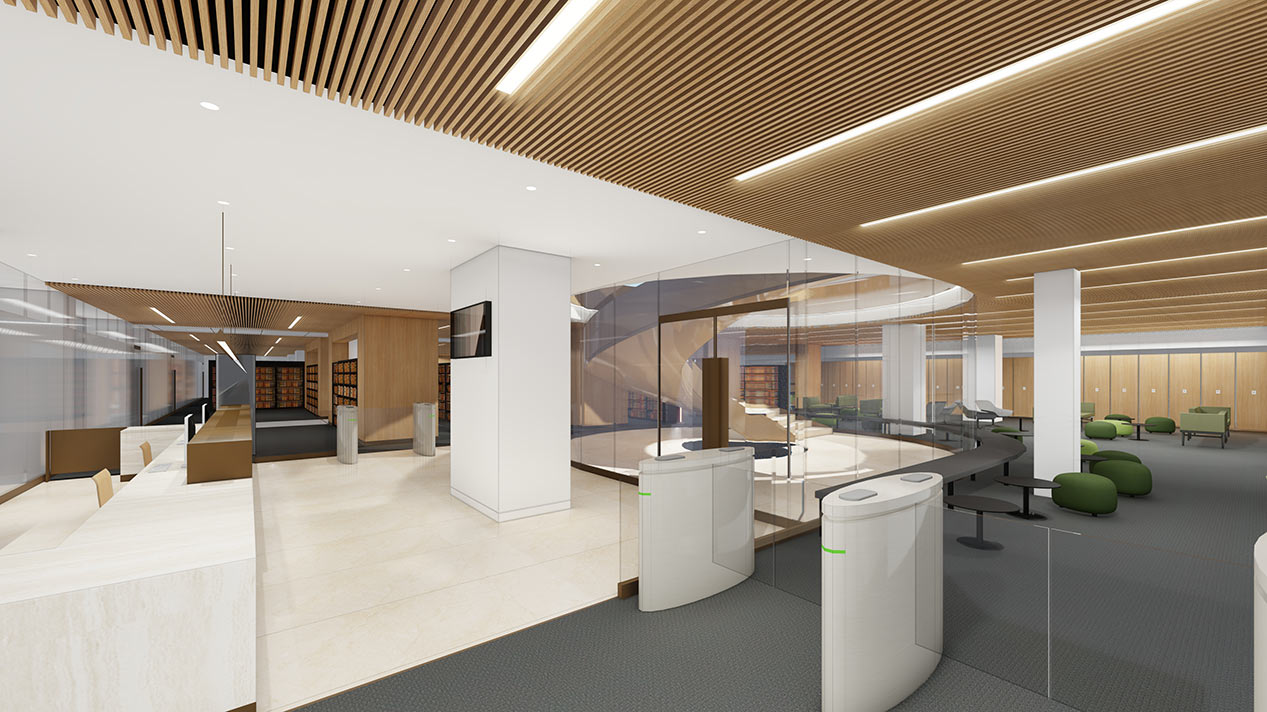
Once complete, every system in the building will be new, including a full rehabilitation of the concrete structure, and beams to meet current seismic requirements. To address the building’s functional requirements, we identified the architecture’s eastern, Lyon Street façade as the ideal, yet flexible, public entry point. This added prominence to the Memorial Colonnade that extends across Lyon Street physically connecting the East and West Memorial Buildings. Communicating the prominence of the Supreme Court, the new entrance consists of a public terrace incorporating stairs and a convenient, accessible ramp into the building.
Inside, and reminiscent of the existing Supreme Court, users are greeted by the Grand Hall, which has been inserted into a previously exterior lightwell. The Grand Hall (designed to host events, visitors, and tours) features a spectacular spiral staircase and glass elevator which connects to the Supreme Court located on the second floor. The staircase is complimented by a feature installation overhead designed to dynamically mediate light and sound within the space, while referencing the Aurora Borealis and the story of Canada’s Northern Lights.
The design for the courtroom interior, also ‘inserted’ within a previously exterior lightwell, incorporates wood as the dominant material, honouring democratic authority and referencing the prominence of wood finishes in the existing Supreme Court. Similar to the function of the Aurora Borealis feature in the Grand Hall, wood portals that define the courtroom, mediate daylight within the space, with intentional interstices between the nine portals to provide natural light from above and on each side.
The copper roof was replaced, and the stone exterior of the building was repointed. Improvements to the envelope, together with an added interior layer to the building’s 800 windows, are designed to meet Canada’s stringent energy performance requirements. The design recently received Four Green Globes Certification for design.
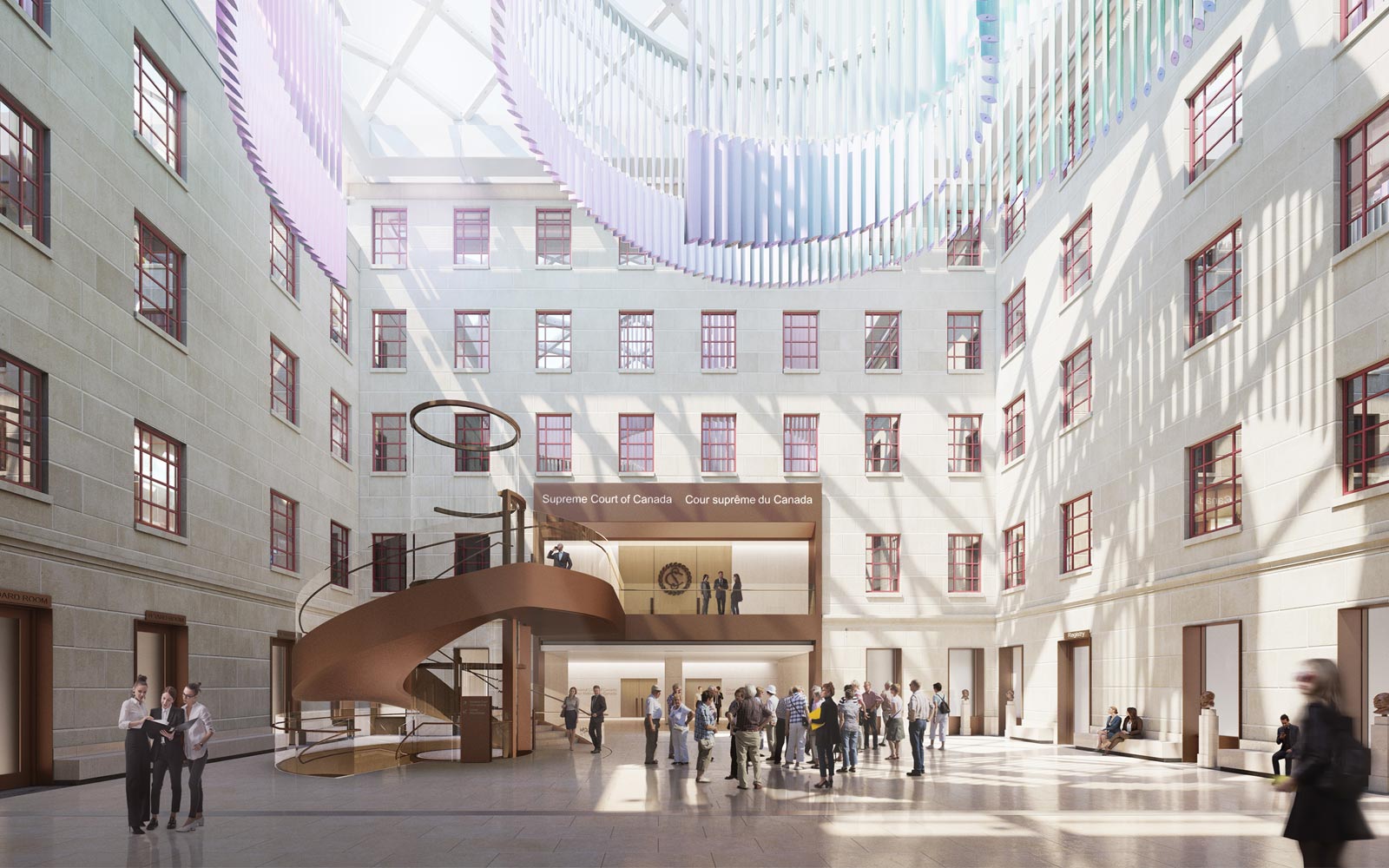
This project signals Canada’s commitment to rehabilitating and adapting historic buildings for sustained use and energy performance. It also communicates the time-honoured prestige of the highest court in Canada and the country’s rich judicial history.
Once construction is complete, the West Memorial Building will be exemplary in its energy performance and adaptive flexibility – evolving into a world class workplace for federal employees.
EXPLORE MORE
We’d love to get to know you
Get in touch
Get in touch
Share




